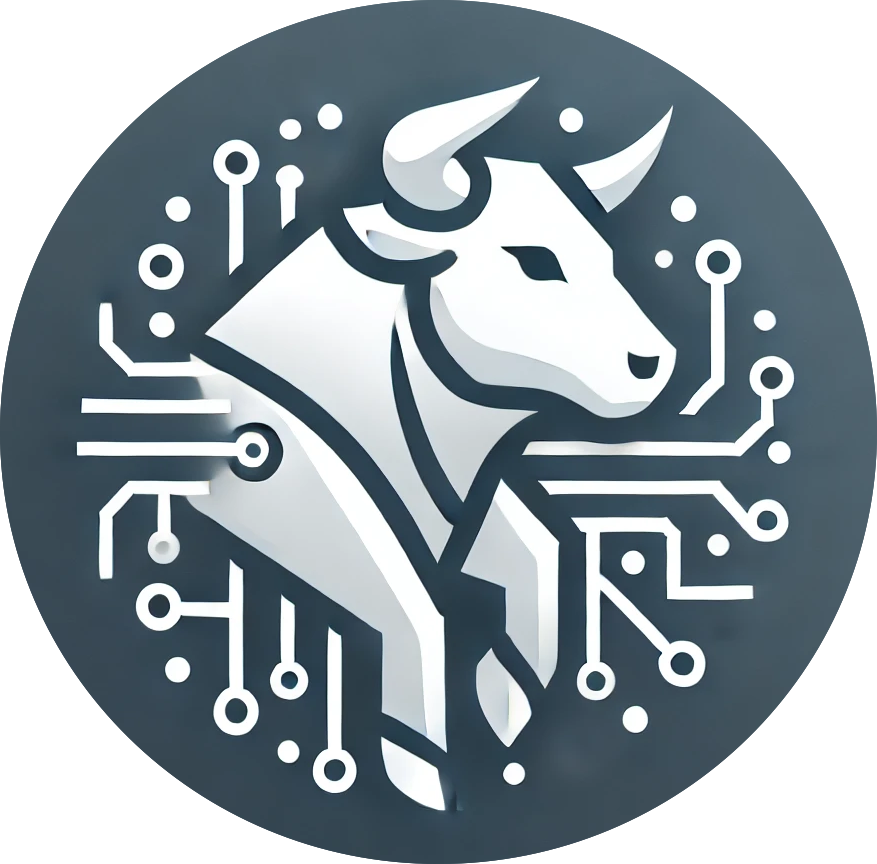Setting up Ollama using Open Web UI on a Mac involves installing the necessary tools, configuring your environment, and downloading large language models (LLMs). In this guide, we’ll walk you through the entire process, including setting up Miniconda, installing Ollama, creating a Conda environment, and configuring Open Web UI to start using your LLMs.
Step 1: Install Miniconda on Mac
Miniconda is a lightweight version of Anaconda that lets you manage Python environments and packages easily.
Installing Miniconda:
- Download Miniconda:
- Visit the Miniconda download page.
- Choose the version for macOS (Apple Silicon or Intel, depending on your Mac).
- Install Miniconda:
- Open the downloaded
.pkgfile and follow the installation instructions.
- Open the downloaded
- Verify the Installation:
- Open Terminal and type:
conda --version - You should see the Conda version number, confirming it’s installed.
- Open Terminal and type:
Step 2: Install Ollama
Ollama can be installed directly from their website.
Installing Ollama:
- Visit the Ollama website and download the installer for macOS.
- Open the downloaded file and follow the installation instructions.
- Verify the installation by opening Terminal and typing:
ollama --versionYou should see the installed version.
Step 3: Install Git and Xcode Command Line Tools (If Needed)
If you don’t have Git installed, you’ll need to set it up to clone repositories.
Installing Git:
- Install Xcode from the App Store.
- Open Terminal and install the command line tools by running:
xcode-select --install - Verify Git installation:
git --versionYou should see the Git version number, confirming it’s installed.
Step 4: Create a Conda Environment
Using Conda, you can isolate your development environment and install specific dependencies without affecting the rest of your system.
Creating a Conda Environment:
- In Terminal, create a new environment:
conda create --name open-web-ui python=3.9Replaceopen-web-uiwith the name of your environment. - Activate the environment:
conda activate open-web-ui - Install required dependencies:
pip install -U pip setuptools wheel
Step 5: Download LLMs
Ollama allows you to download and manage language models easily.
Downloading LLMs:
- Explore available models on the Ollama Models Page.
- Check available models via Terminal:
ollama list - Download a specific model:
ollama pull <model_name>Replace<model_name>with the desired model (e.g.,gpt-neo,llama, etc.).
Step 6: Install and Start Open Web UI
Open WebUI can be installed using pip, the Python package installer. Before proceeding, ensure you’re using Python 3.11 to avoid compatibility issues.
Installing Open WebUI:
- Open your terminal and run the following command to install Open WebUI:
pip install open-webui
Running Open WebUI:
- After installation, you can start Open WebUI by executing:
open-webui serve. This will start the Open WebUI server, which you can access at:http://localhost:8080
Step 7: Configure Open Web UI with Ollama
To integrate Open Web UI with Ollama and use your downloaded models:
- Edit the configuration file in the Open Web UI directory:
nano config.yaml - Add the path to your downloaded LLMs and ensure the server is pointing to Ollama’s local instance.
Example configuration:
models:
- path: /path/to/ollama/models
server:
host: localhost
port: 8000- Restart the Open Web UI: open-webui serve
Wrapping Up
By following these steps, you’ve set up Ollama with Open Web UI on your Mac. You’re now ready to explore the possibilities of interacting with LLMs, from testing their capabilities to integrating them into your projects. As you grow more comfortable, experiment with additional configurations and custom models to further enhance your workflow.

